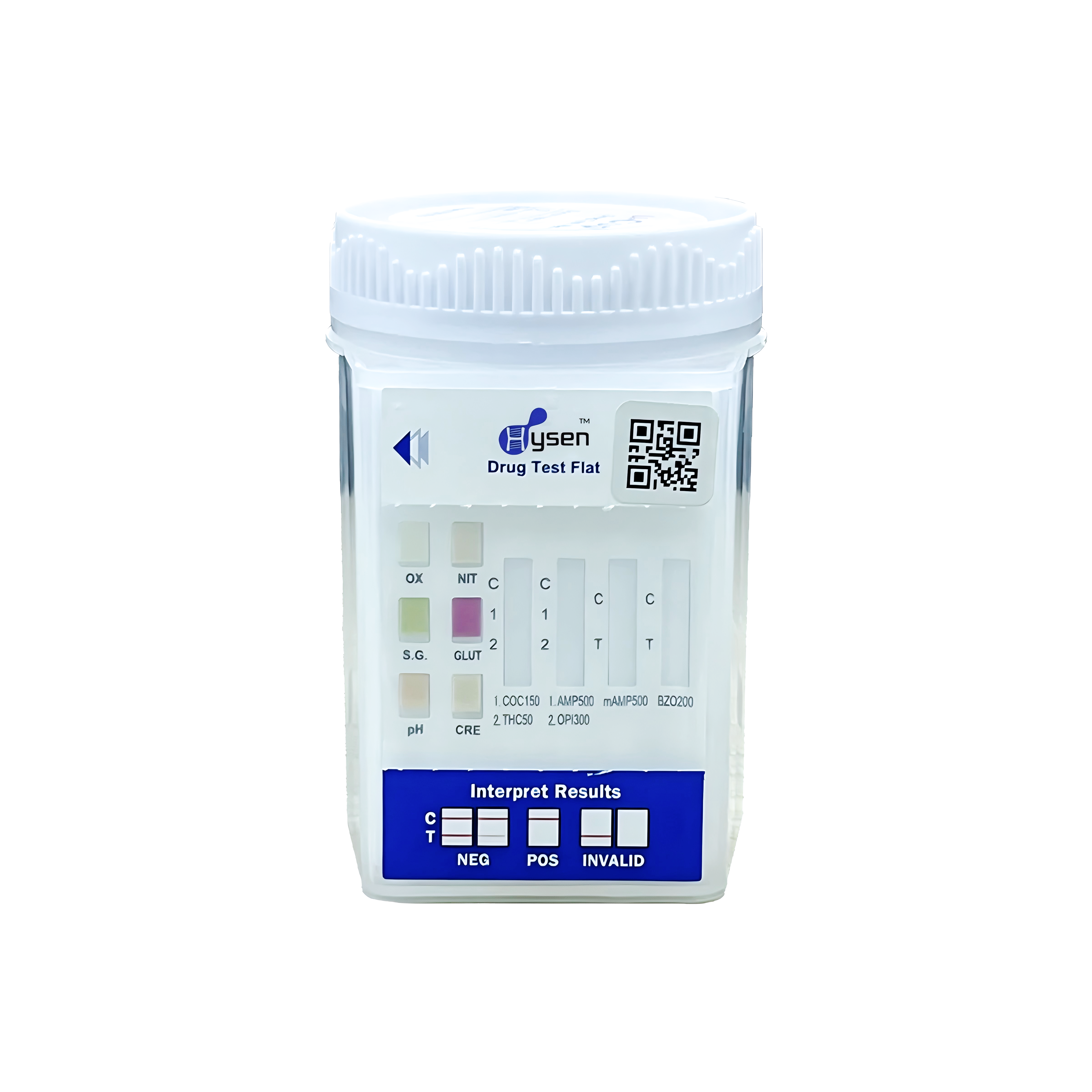Introduction to CLIA Waived Drug Screens
CLIA (Clinical Laboratory Improvement Amendments) waived drug tests are a pivotal tool in modern healthcare and workplace drug testing protocols. These tests are recognized for their accuracy and reliability, and are especially valued in scenarios where immediate results are necessary. These drug screens offer rapid detection of substances in various settings, providing professionals with timely insights into an individual's drug use. Understanding what substances these tests can detect, and the parameters of detection, is essential for any professional involved in drug testing.
Common Substances Detected in Drug Tests
Overview of Detection Parameters
CLIA waived tests are versatile, detecting a range of substances with high accuracy. These tests usually involve urine samples and are designed to identify drugs of abuse at specific cutoff levels. Detection times vary based on the drug and individual metabolism, but generally range from hours to weeks. These tests provide qualitative results, indicating the presence or absence of drug substances in the body.
Amphetamines and Methamphetamines
Detection Capabilities
Amphetamines, including methamphetamines, are often detected in CLIA waived drug screens. The cutoff level for amphetamines is typically 500 ng/mL, with detection times ranging from two to four days after use. D-methamphetamine is another variant frequently included in these tests, also detectable at 500 ng/mL. These drugs are central nervous system stimulants, commonly misused for their energizing effects.
Opiates and Opioids
Comprehensive Screening
Opiates such as morphine and codeine are standard in most CLIA waived panel tests, typically detected with a cutoff level of 300 ng/mL. Oxycodone detection is also common, with a lower cutoff level of 100 ng/mL. These substances can be detected for up to three days post-consumption. Opioids are a significant focus due to their prevalence and potential for misuse in both clinical and non-clinical settings.
Benzodiazepines and Barbiturates
Screening Parameters
Benzodiazepines, often prescribed for anxiety and sleep disorders, are detected at a cutoff of 300 ng/mL. The detection window is generally up to four days. For barbiturates, detection is set at a 300 ng/mL cutoff, with a potential detection window extending up to three weeks. These drugs are of particular interest due to their sedative effects and potential for dependence.
Cocaine and its Metabolites
Detection Sensitivity
Cocaine use is detected through its primary metabolite, benzoylecgonine, with a cutoff level of 150 ng/mL. Detection is possible within two hours of use, lasting up to four days. Cocaine is a potent stimulant that has significant abuse potential, making its detection crucial in drug testing protocols.
THC and Marijuana Detection
Screening Limitations
Marijuana, identified through THC (tetrahydrocannabinol) metabolites, presents unique challenges due to its variable detection window. The standard cutoff level for THC is 50 ng/mL, with detection times ranging from a few hours to up to 40 days, depending on frequency of use. This variability requires careful consideration when interpreting results.
Synthetic Drugs: Fentanyl and K2/Spice
Specialized Detection
Fentanyl, a synthetic opioid, is detected with a cutoff level of 300 ng/mL. K2/Spice, synthetic cannabinoids, have detection cutoffs of 25-50 ng/mL. These substances are particularly challenging due to their potency and the evolving nature of synthetic drug compounds. Accurate detection is vital given their associated health risks.
Alcohol and Ethyl Glucuronide (EtG) Testing
Extended Detection
Alcohol testing through CLIA waived tests often involves detecting Ethyl Glucuronide, a metabolite with a 300 ng/mL cutoff. This facilitates the detection of alcohol consumption up to 80 hours post-ingestion, extending beyond the immediate effects of alcohol. These tests are instrumental in identifying recent alcohol use in various settings.
Interpreting Results and Ensuring Accuracy
Understanding the Outcomes
CLIA waived drug screens provide rapid, accurate results; however, interpreting these results requires understanding potential cross-reactivity and false positives. Comprehensive disclosure of all medications and supplements consumed by the individual is essential for accurate interpretation. This ensures that results are reliable and actionable.
Hysen Provide Solutions
At Hysen, we offer comprehensive solutions for CLIA waived drug testing needs, including wholesale options for bulk purchases, customizable panels to meet specific testing requirements, and reliable supplier partnerships to ensure timely delivery. Our expertise in the field ensures that you receive high-quality products and support, tailored to your specific needs. Choose Hysen for your drug testing solutions and experience unmatched service and efficiency.

Post time: Aug-27-2025
















